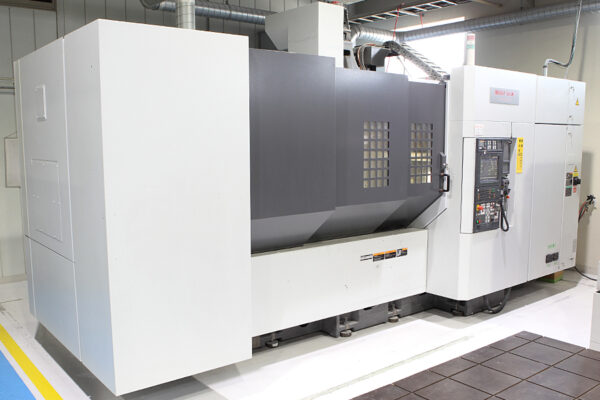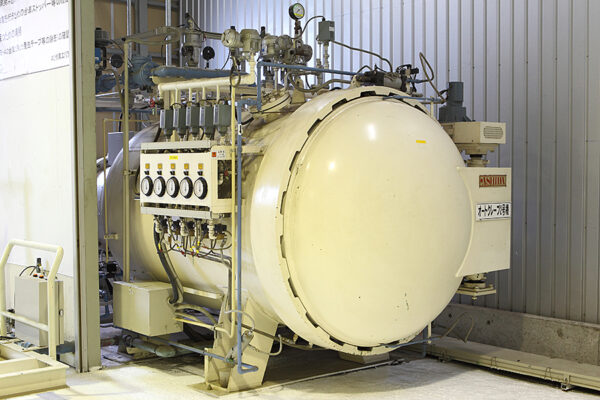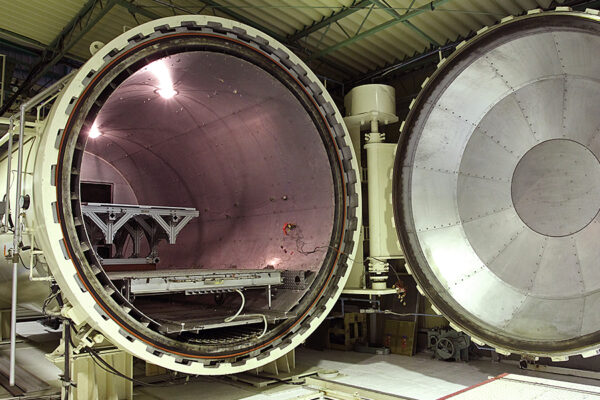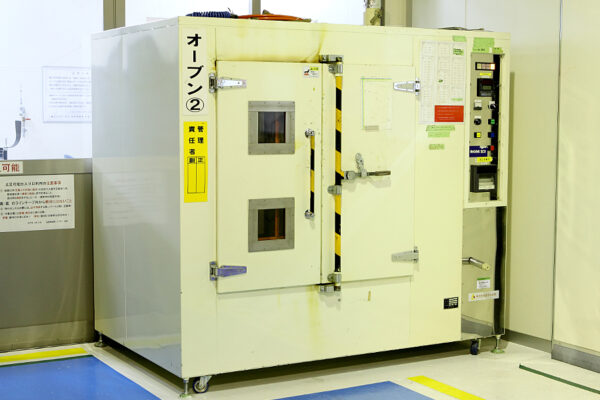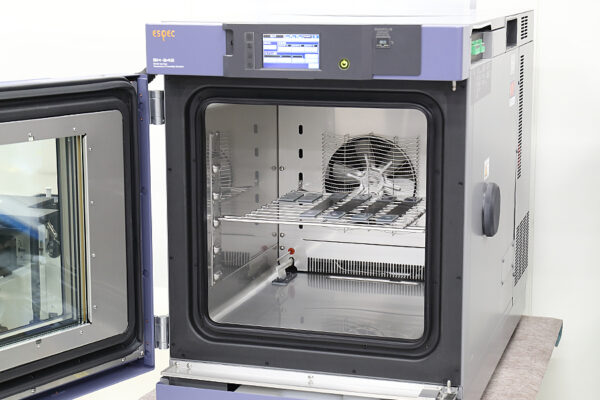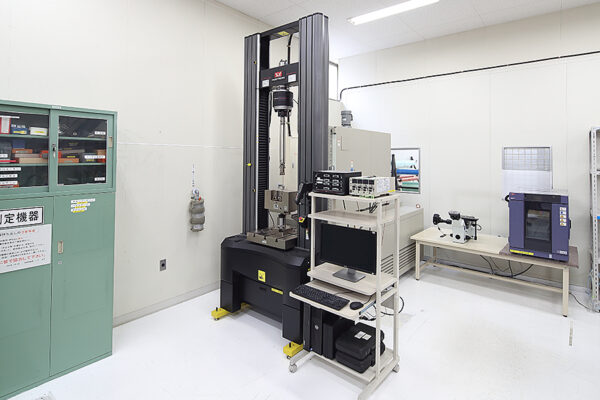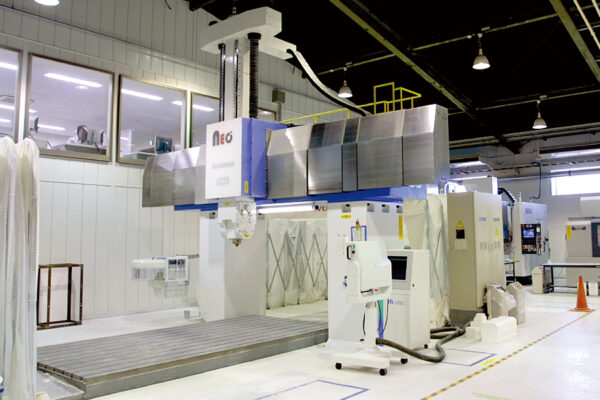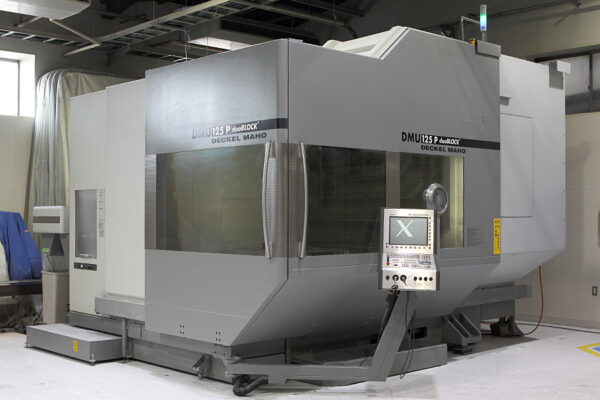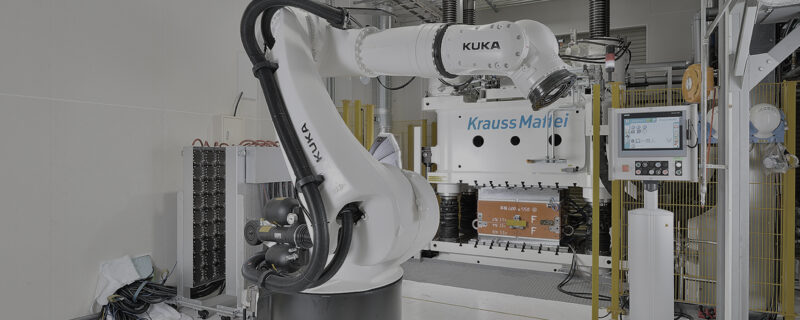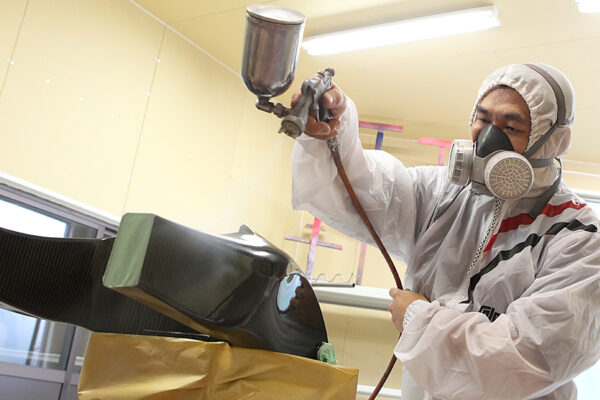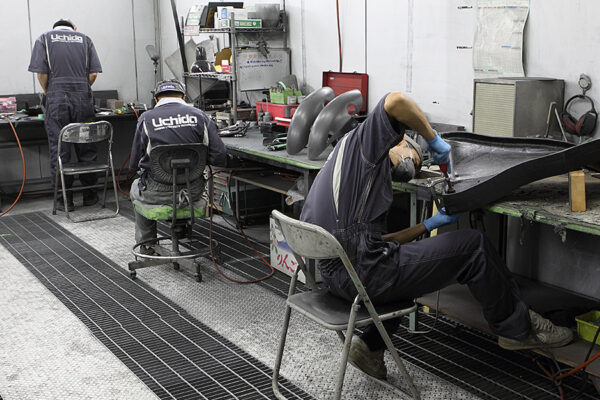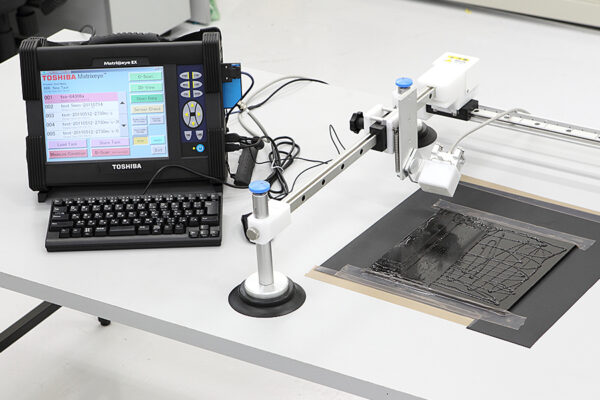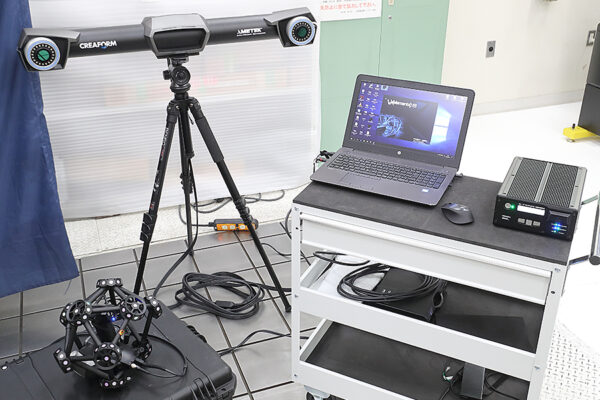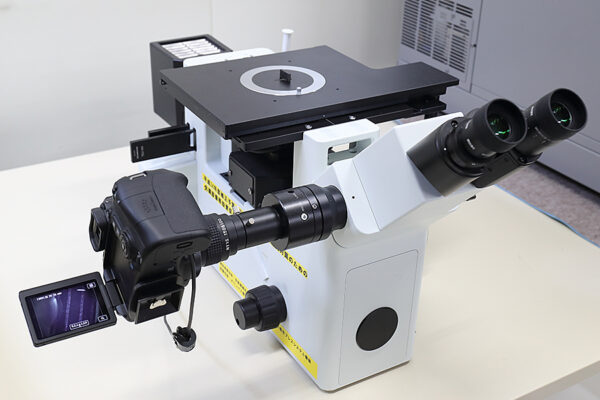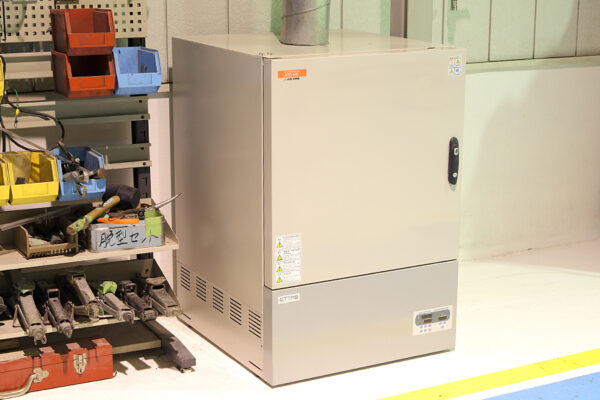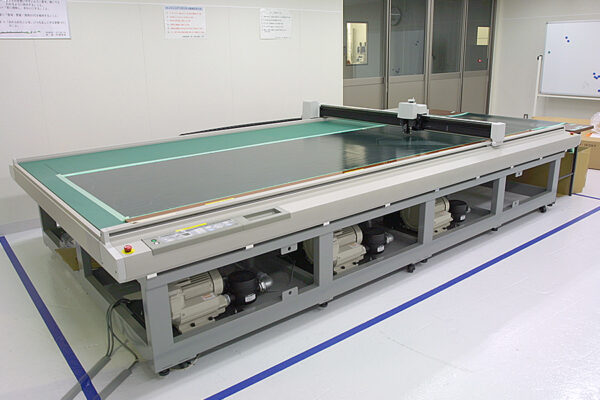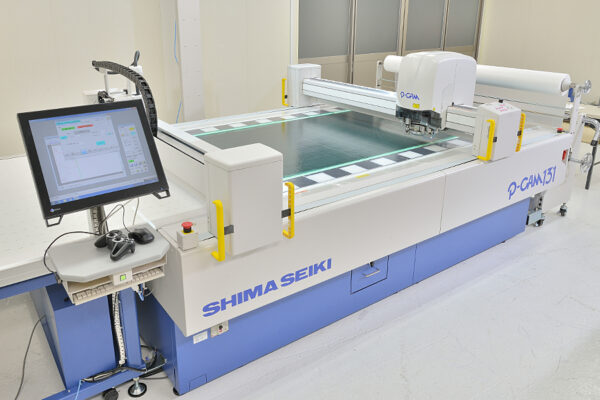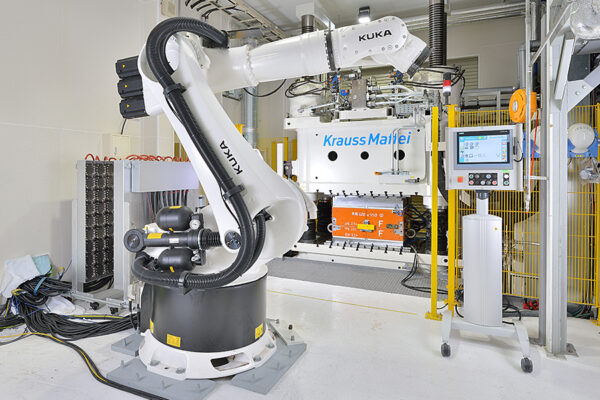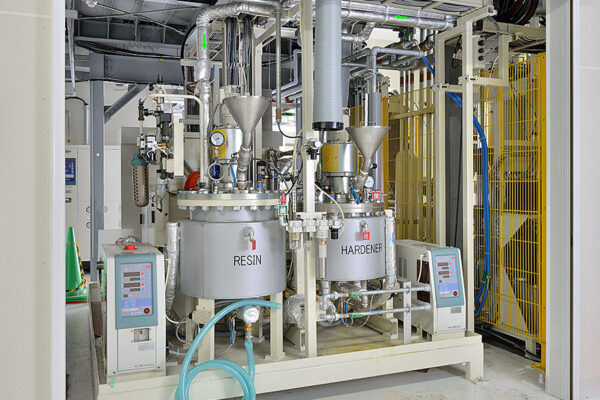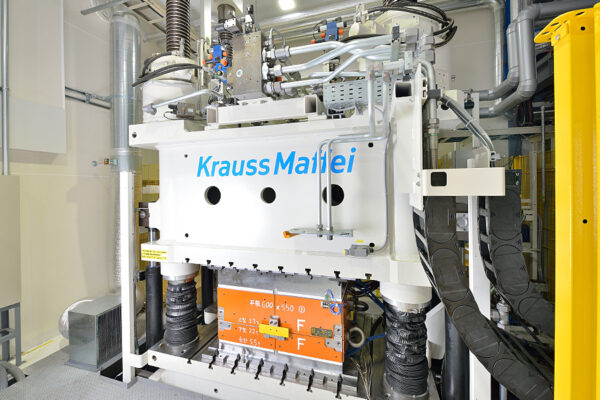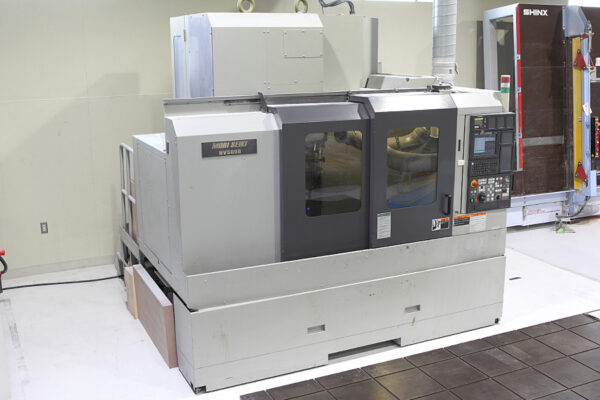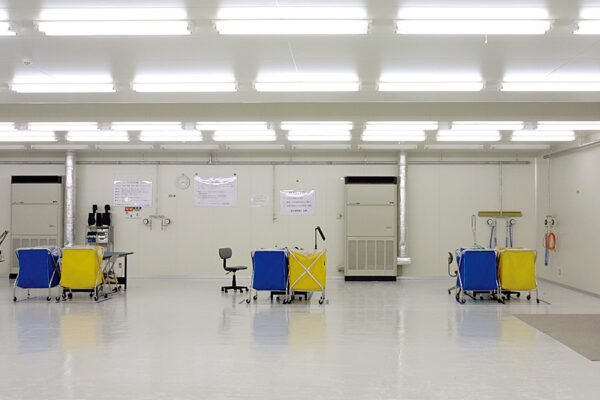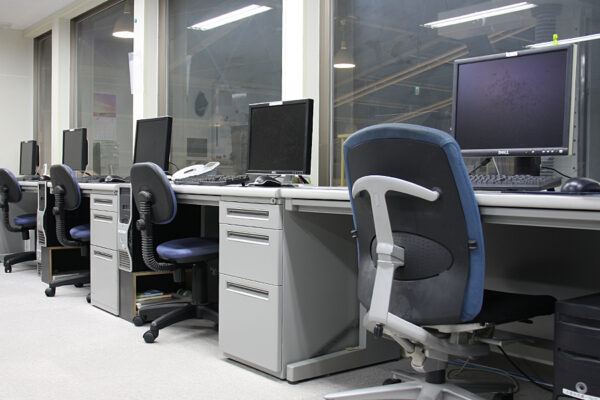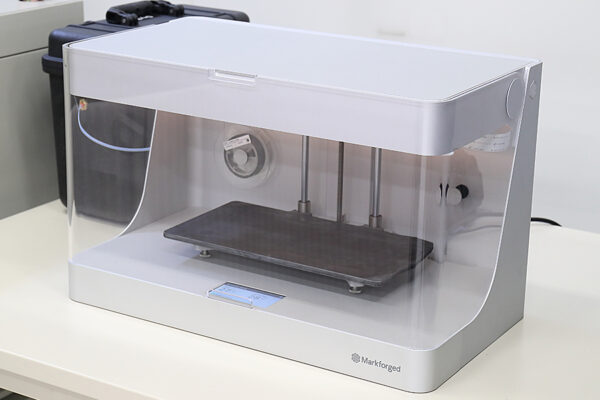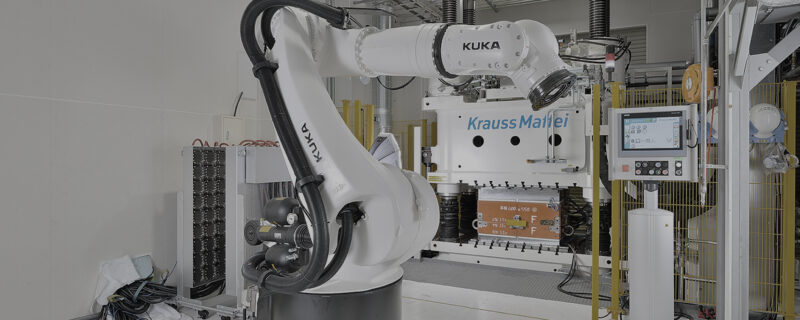Introduction
FRP (Fiber Reinforced Plastic) stands for Fiber Reinforced Plastic and is a type of composite material based on plastic. FRP is widely used in fields where strength and durability are required, and is attracting attention especially in applications where weight reduction, corrosion resistance and heat resistance are important. The following is a detailed explanation of FRP’s properties and applications.
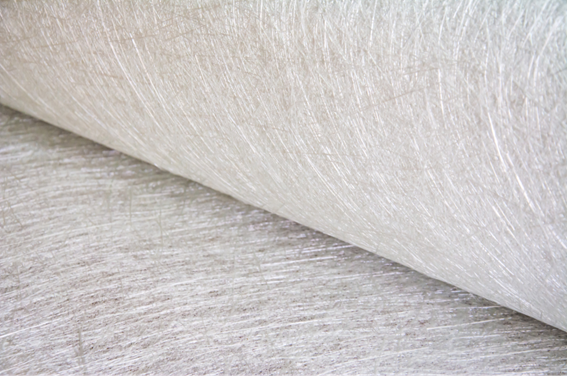
FRP Composition and Characteristics
FRP is basically composed of resin (plastic) and fibers (reinforcement material), which serve to strengthen the resin. Specifically, glass fiber, carbon fiber, and Kevlar fiber are often used.
Resin portion
Thermosetting resins and thermoplastic resins are used as the base resin for FRP. Epoxy or polyester resins are generally used when combined with glass fibers. This resin part plays an important role in shape retention and molding.
fiber portion
Fiber-reinforced materials used in FRP include glass fiber, carbon fiber, and aramid fiber (Kevlar) to increase strength. Glass fiber is the most common, but carbon fiber can be used to achieve even higher strength and lighter weight. The characteristics of FRP vary greatly depending on the type of fiber used.
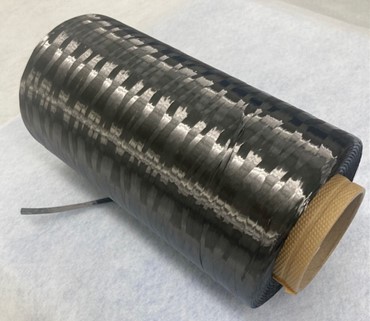
Features of FRP
Lightweight
FRP is extremely lightweight compared to metal, making it ideal for products that require lightness while maintaining strength. As a result, FRP is used in fields where weight reduction is important, such as aircraft, automobiles, and ships.
High Strength and Durability
FRP is characterized by its extremely high strength due to fiber reinforcement. It has an excellent strength-to-weight ratio, making it a lightweight yet extremely strong material. Carbon fiber reinforced plastics (CFRP), in particular, may exhibit higher strength than metals.
Corrosion Resistance
Unlike metals, FRP has corrosion-resistant properties, allowing it to be used for long periods of time in environments with high levels of moisture and chemicals. Due to these characteristics, FRP is widely used in places where corrosion is a concern, such as chemical plants and offshore structures.
Moldability
FRP has excellent moldability and can be used to create complex shapes. It can be molded into various forms depending on the type of resin and molding method, and the manufacturing process is highly flexible.
Heat Resistance
FRP can withstand high temperatures to a certain degree, depending on the type of resin used. Particularly, when carbon fiber and epoxy resins are used, FRP can exhibit stable performance even in high-temperature environments.
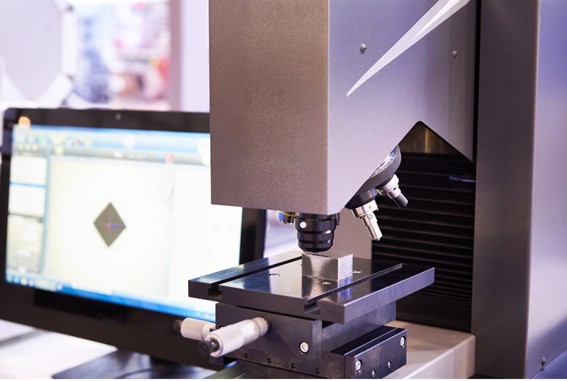
FRP Applications
FRP is used in a variety of fields due to its excellent properties. The following is a list of typical applications.
Aircraft and Automotive Industry
FRP is widely used in aircraft and automotive parts because of its light weight and high strength. For example, automobile body panels and aircraft structural members are made of FRP. FRP is increasingly being used in these fields where fuel efficiency is required to be improved through weight reduction.
sporting goods
FRP is also used in sporting goods such as golf clubs, bicycle frames, and ski boards. These products require high strength while being lightweight, and FRP fits these characteristics perfectly.
construction industry
FRP is also used in the construction field because of its light weight and corrosion resistance. It is especially used in structures such as bridges, tanks, and piping to provide durability and reduce maintenance costs.
Marine Industry
FRP is also very effective in marine environments. Often used for hulls of ships and boats, it offers significant advantages in marine applications where corrosion resistance to salt water is required.
wind power generation
FRP is also used in wind power generation blades. Lightweight and high-strength FRP is an important material for improving the efficiency of wind power generation.
Summary of FRP
FRP is a lightweight, high-strength, corrosion-resistant composite material with excellent formability and heat resistance. These characteristics make FRP a versatile material used in a wide range of fields, including aircraft, automobiles, construction, sporting goods, and the marine industry, etc. Further advances in FRP are expected to lead to the development of new applications and its adoption in many more fields in the future.

Related useful contents
You can explore related content by clicking on a topic of interest.
ABOUT UCHIDA - 55 years since our founding
We leverage a wealth of technical expertise as a CFRP molding and processing manufacturer using FRP, GFRP, and CFRP materials. We offer a one-stop solution, encompassing design, analysis, manufacturing, secondary processing, assembly, painting, quality assurance, and testing.
UCHIDA's equipment
We have cutting-edge equipment to ensure that we can address even the most advanced challenges of our customers.
Video Library
In the following video, we provide a detailed overview of our manufacturing process. Please feel free to watch and learn more.
Contact us


